Thanks to its S-shape and lengthy coastline, Vietnam is home to wildly diverse landscapes. From North to South, travelers will be surrounded by photogenic sceneries from lush rice terraces in northern Sapa to the white sandy beaches of Phu Quoc. In addition, the country is also known for its French architectures as the result of being a French colony from 1887 to 1954. In central region, the UNESCO heritage route includes Hue where locates the last dynasty in the Vietnam’s history and the ancient Hoi An town with a laid-back life. In the south, the mighty Mekong adds to the diverse scenery, rushing through the southern lowlands and branching off into tiny canals that fuel agriculture in rural communities. That’s not to mention the various national parks, floating markets, scenic mountainous passes, the 3,000 kilometer coastline with many untouched beaches, ancient volcanic geological formations and the world’s largest cave.
Here, according to CNN, the top most beautiful places you should not miss in Vietnam. It’s certainly not the final word, but it should take you on a travel adventure through beautiful Vietnam.
Ban Gioc Falls
Straddling the border between China and Vietnam, the Ban Gioc Falls can be found along the Quay Son River in northern Vietnam, 272 km north of Hanoi. Considered as Vietnam’s largest waterfall, the main waterfall drops from 30 meter at its highest point and spans up to 300 meters, separated into three falls by rocks and trees. Don’t forget to take a bamboo raft to get close to the falls or swim in the beautiful jade-green pools.

Sapa
The mountainous region of Lao Cai Province lures adventure travelers who crave for fresh air, rice terraced fields, cultural homestays, bamboo forests and challenging hikes. Sapa also is home to Vietnam’s highest peak, Fansipan Mountain, which stands at 3,143 meters above the sea level. The best time to visit Sapa is April and May, right before the rainy summer season.
Dong Van Karst Plateau
A UNESCO Global Geopark located in Ha Giang, the northernmost province in Vietnam, Dong Van Karst Plateau is dotted in limestone peaks and canyons. Emerging as a prominent destination for Vietnam backpacking routes, the karst plateau known for breathtaking landscapes and well-preserved tribal cultures, is one of a few places in Vietnam where the local authenticity and environment have not been marred by modern services for tourism.
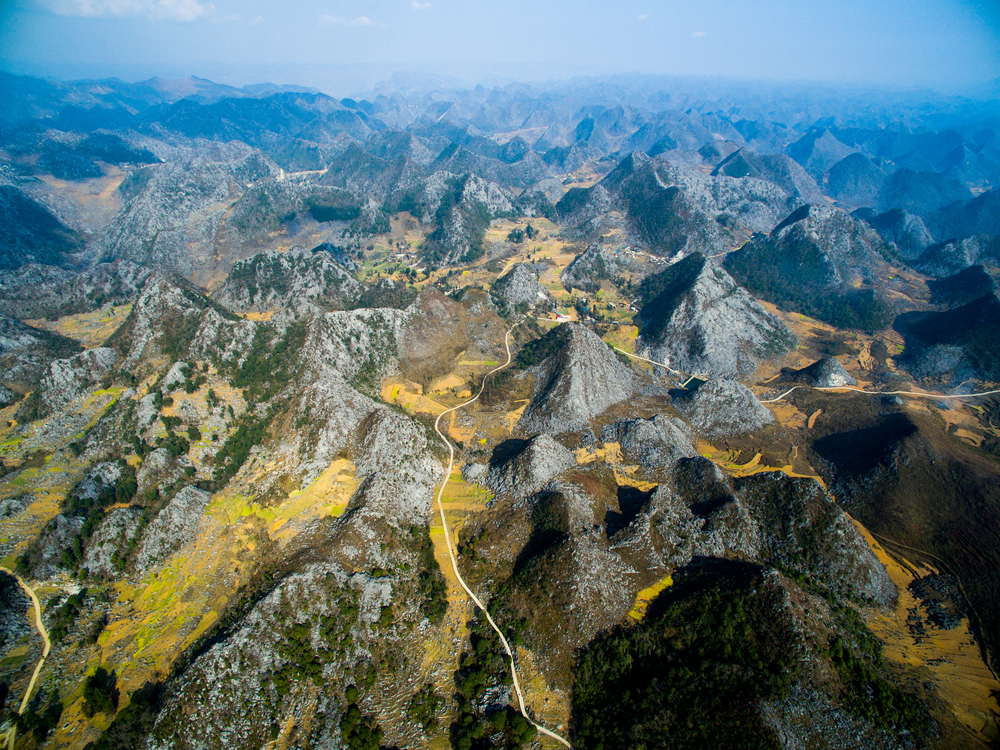
Cuc Phuong National Park
Located in Ninh Binh Province, Cuc Phuong National Park is the country’s first nature reserve established in 1962. To reach the visitor center, travelers can trace a paved road on bike, motorbike or car. From there, a hike along one of the designated pathways will lead you past caves, fossils, ancient trees, including thousand year old tree. In addition to the vibrant flora, there are more than 135 mammals in the park, most notable endangered langurs and Asian black bears.
Halong Bay
Recognized as a UNESCO World Heritage Site in 1994, Halong Bay is home to around 2,000 of craggy karst rock formations, grottoes and islands spanning an area of 1,553 km2. An overnight cruise is the perfect way to explore the bay’s beauty.
Hue
Sitting on the banks of the Perfume River in central region, Hue served as the capital of the Nguyen Dynasty, the last dynasty in Vietnam, from 1802 until 1945. The city still remains the historic and cultural epicenter of the country, retaining its imperial feel thanks to a clutch of royal palaces, shrines and theaters all housed in the UNESCO Complex of Hue Monuments. Another famous landmark is the 19th-century Thien Mu pagoda, the official symbol of the city. A number of French-style buildings could be found along the south bank of the Perfume River.

Hoi An
Located on Vietnam’s central coast, Hoi An is one of the country’s top tourist destinations. But the steady stream of travelers doesn’t mean the charm of this South-East Asian trading port dating from the 15th to the 19th century be taken away. A UNESCO World Heritage Site, Hoi An’s Old Town is filled up with well-preserved architectures and a unique blend of influences of cultures between Vietnam and the outside world including China, Japan, Thailand and the Philippines. The most prominent landmark in the old town is the iconic 400-year-old Japanese Covered Bridge.
Son Doong Cave
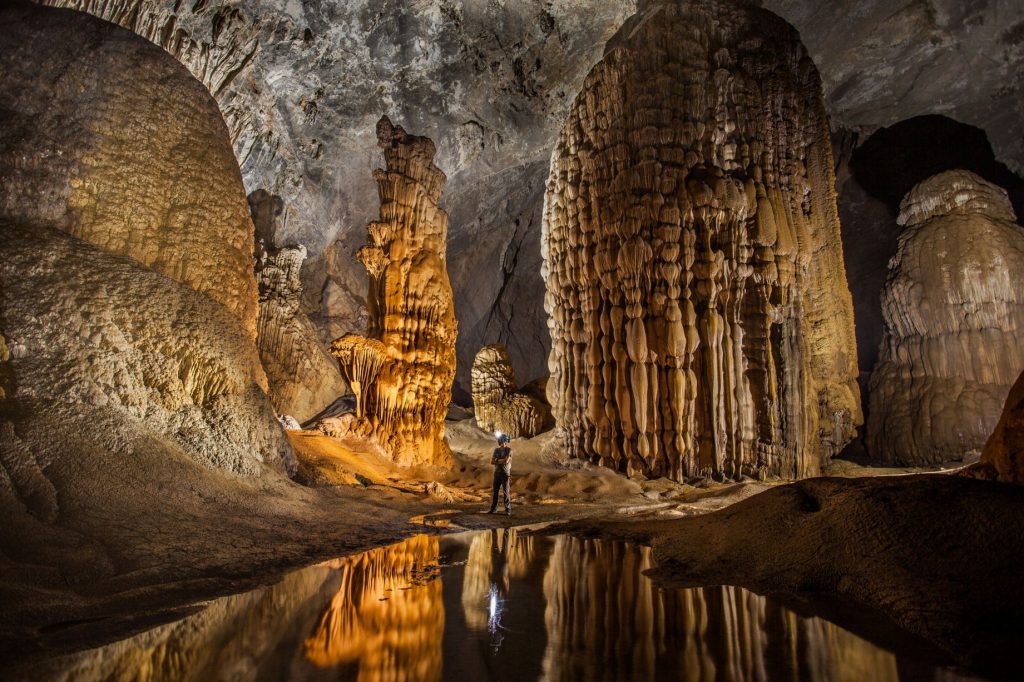
Discovered by a local farmer in 1991, the 3-million-year-old Hang Son Doong Cave is the largest known cave passage in the world by volume, big enough to hold a New York City building inside. Located inside UNESCO-listed Phong Nha-Ke Bang National Park, this mystical cave features an underground river, enormous stalagmites and otherworldly shards of light. It’s open to limited number of visitors each year, with tours organized from February to August.
Phong Nha-Ke Bang National Park
Listed as a UNESCO World Heritage, Phong Nha-Ke Bang National Park is located in the North Central Coast region of Vietnam. The area is home to more than 300 caves and grottos, which means a heaven for spelunkers. The plateau on which the park is situated is considered one of the finest and most distinctive examples of a complex karst landform in Southeast Asia. Son Doong Cave, the world’s largest cave, is situated here.
Can Tho
One of the most picturesque cities along the Mekong Delta, Can Tho is noted for its colorful floating markets, lush landscapes, picturesque rural canals, fresh vegetables and fruits. In addition to that, Binh Thuy ancient house built in the 19th century with an outstanding blend of Western and Oriental architectures, is a great place to stop by.
Cao Dai Temple
The temple of Cao Dai in Tay Ninh province, northwest of Ho Chi Minh City, which was built in 1955, is the center of the main Caodaist church. Caodaism promotes world peace and posits that all religions are the same. Inside the colorful domed temple, you’ll see tributes to every divinity from Jesus to Buddha, as well as ornately carved pillars and pretty blue ceilings. If possible, do not miss its ceremonies which take place four daily and often feature a mix of Vietnamese music and choir singing.
Con Dao Islands
About one hour flight from Ho Chi Minh City, off the southeast coast of Vietnam, the Con Dao archipelago comprising of 16 islands and islets is ringed with clean white sandy beaches, colorful coral reefs and diving sites – said to be the best in Vietnam. While Hon Bay Canh Island is where you can watch turtles laying their eggs from June to September, the Con Dao National Park offers some hiking trails through primary jungle.

Con Son, the largest island, was once the “hell on earth” with dozen jails, especially the “tiger cages” during the French colonial rule and America-backed government, making Con Dao a pilgrimage site for many Vietnamese people. Deserted beaches, scenic bays, fresh seafood, Con Dao is beach paradise off the beaten track, at least for now.
Phu Quoc Island
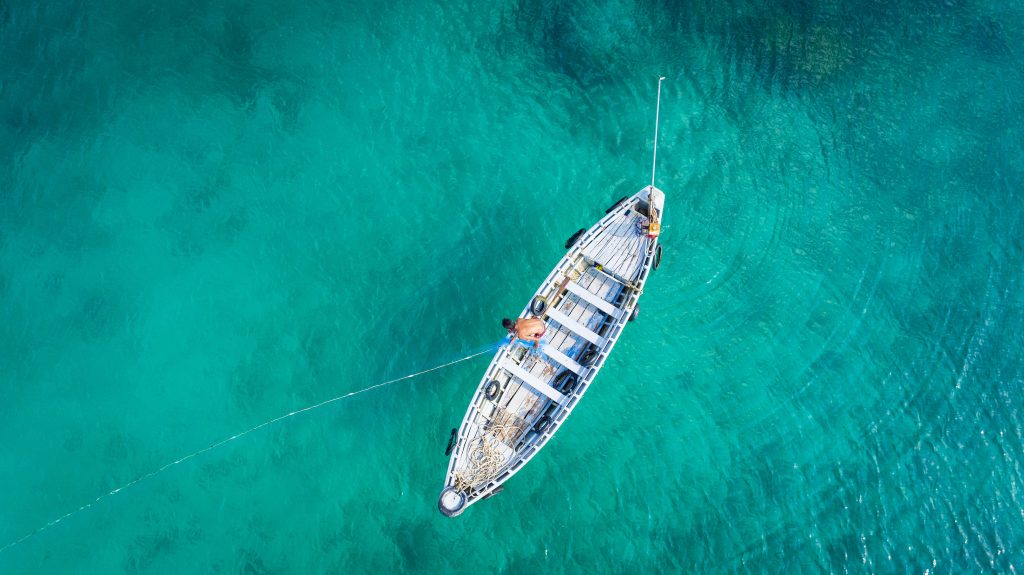
Sitting pretty just off the coast of Cambodia in the Gulf of Thailand, ringed by white-sand beaches, Vietnam’s largest island offers all tropical jungles, unspoilt beaches, snorkeling, diving, kayaking and island-hopping around the 20-some uninhabited islets in the South. Mass tourism has been developed in Phu Quoc with the rising of hundreds of hotels and resorts. So be quick before it’s too late.
Source: CNN



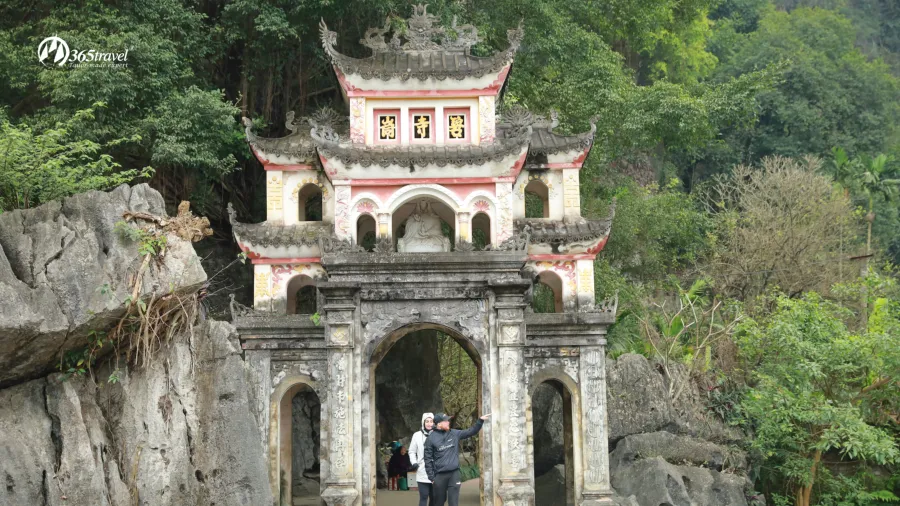
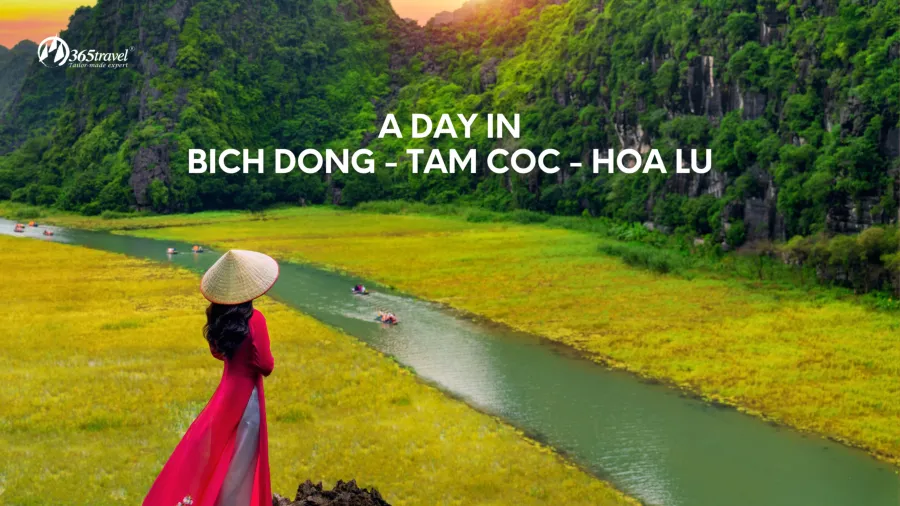

 17 Years of Experience & Expertise
17 Years of Experience & Expertise